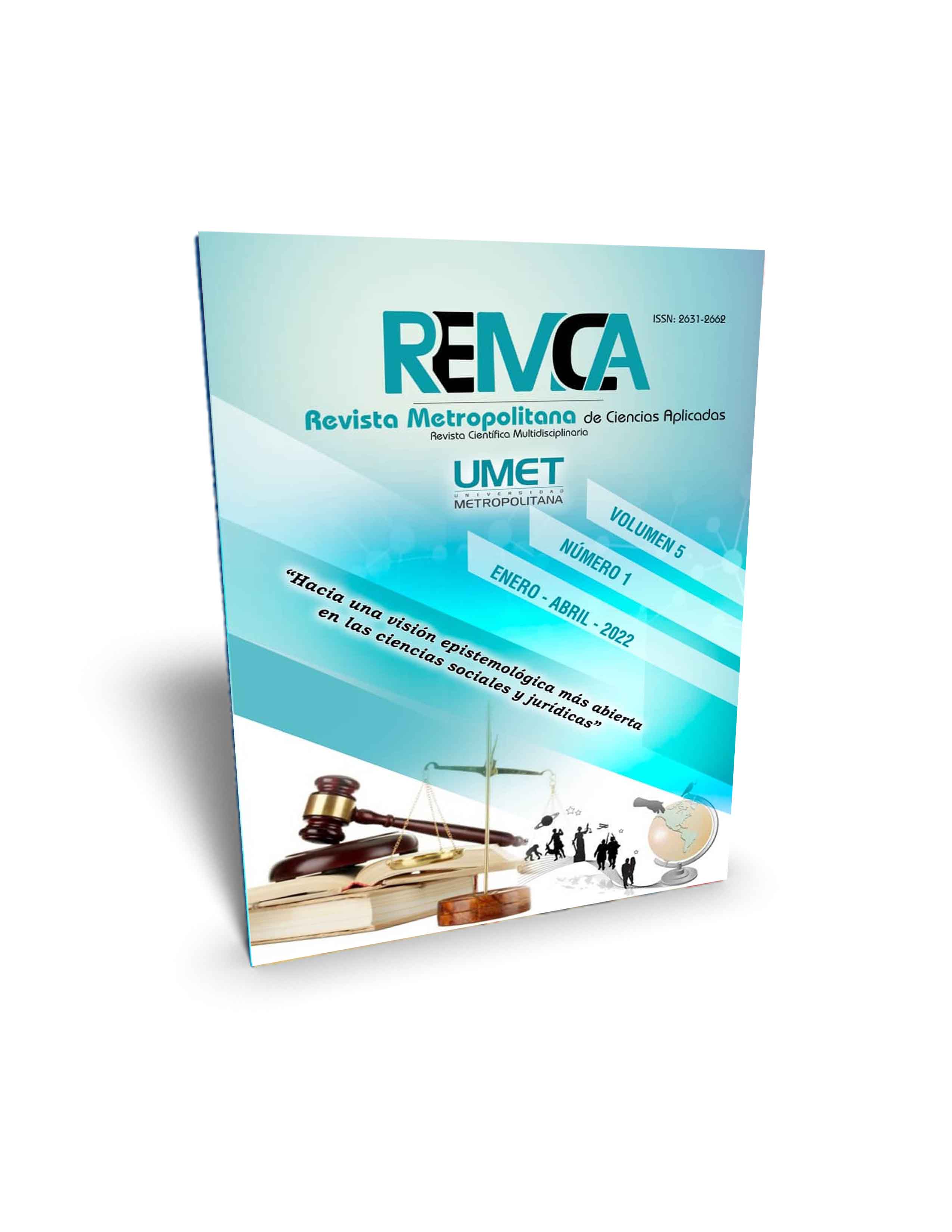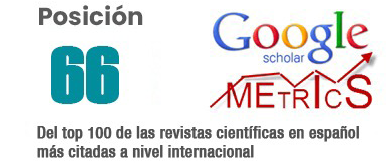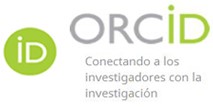Analysis of the application of the circular economy model in Ecuador companies
DOI:
https://doi.org/10.62452/fksw3737Keywords:
Circular economy, sustainability, raw materials, waste, recyclingAbstract
Circular economy models have provided a series of strategies to improve production processes within organizations, focusing on social, economic and environmental aspects. Protecting the environment, reducing expenses, costs and raw material extraction are their main objectives. Little by little, the interest in circular economy is gaining ground at a national and international level, the production processes in the companies that are applying C.E. models have become more sustainable, reducing the negative impact on nature. To learn more about this progress, a Bibliographic review of journals and articles on the subject has been conducted, focusing on the circular economy project, Eco - Kaizen of the MAVESA group. As final results, it is known that applying the circular economy model in Ecuadorian companies contributes positively to their relationship with environmental conservation, emphasizing also the reduction of costs, expenses and extraction of unnecessary raw materials. The repercussions have been positive, creating an efficient and clean productivity that favors future generations.
Downloads
References
Acosta, I., Marrero, F., & Espinoza, J. (2020). La economía circular como contribución a la sostenibilidad en un destino turístico cubano de sol y playa. Estudios y perspectivas en turismo, 29(2), 406 - 425.
Arroyo, F. (2018). La Economía circular como factor de desarrollo sustentable del sector productivo. INNOVA Research Journal, 3(12), 78 - 98.
Audiencia Europea de Medio Ambiente. (2021). Eficiencia en el uso de los recursos y residuos. https://www.eea.europa.eu/es/themes/waste/intro
Caicedo, G., & Vanoni, A. (2015). La estrategia de diversificación relacionada. Caso Grupo MAVESA. http://201.159.223.2/bitstream/123456789/2292/1/LA%20ESTRATEGIA%20DE%20DIVERSIFICACION%20RELACIONADA%20CASO%20GRUPO%20MAVESA.pdf
Cansi, F., & Cruz, P. (2020). Agua nueva: notas sobre sostenibilidad de la economía circular. Sostenibilidad: económica, social y ambiental, 2, 49-65.
Chafa, P., & Lascano, M. (2021). Entendiendo la economía circular desde una visión ecuatoriana y latinoamericana. Revista Ciencia UNEMI, 14(36), 73-86.
Garabiza, B., Prudente, E., & Quinde, K. (2021). La aplicación del modelo de economía circular en Ecuador: Estudio de caso. Revista Espacios, 42(02), 222-237.
González, G., & Vargas, J. (2017). La economía circular como factor de la responsabilidad social. Revista de coyuntura y perspectiva, 2(3), 105- 130.
Martínez, W. (2003). Estadística Descriptiva con énfasis en Salud Pública. Grupo Editorial La Hoguera.
Molina, M., & Zaldumbide, D. (2020). Economía circular como modelo económico en el contexto de la ciudad de Manta, Manabí, Ecuador. Revista 593 Digital Publisher, 5(5-1), 117-136.
Muyulema, J. (2017). La ecología industrial y la economía circular. Retos actuales al desarrollo de industrias básicas en el Ecuador. Revista Dilemas Contemporáneos: Educación, Política y Valores., 5(2), 1-15.
Nike. (2020). Nike crea un calzado con desechos de sus fábricas y una baja huella de carbono. https://www.comunicarseweb.com/noticia/nike-crea-un-calzado-con-desechos-de-sus-fabricas-y-una-baja-huella-de-carbono
Organización de las Naciones Unidas. (2021). La economía circular: un modelo económico que lleva al crecimiento y al empleo sin comprometer el medio ambiente. ONU. https://news.un.org/es/story/2021/03/1490082
Pérez, I., & Delgado, F. (2019). Economía circular como contribución a la sostenibilidad en un destino turístico cubano de sol y playa. Ciet, 29(2), 406 - 425.
Romanos, S. (2000). Humanidades y Ciencias Sociales. En, P. Falcato, Guías de fuentes de información especializadas. (pp. 13-25). GREBYD.
Sarabia, A., Sánchez, J., & Leyva, J. (2017). Uso de nutrientes tecnológicos como materia prima en la fabricación de materiales de construcción en el paradigma de la economía circular. Respuestas, 22(1), 6-16.
Downloads
Published
Issue
Section
License
Copyright (c) 2022 Dayana Milena Rodríguez Nivicela, Ximena Alexandra Mosquera Cedillo, Andrea del Cisne Vega Granda (Autor/a)

This work is licensed under a Creative Commons Attribution-NonCommercial-ShareAlike 4.0 International License.
Authors who publish in Revista Metropolitana de Ciencias Aplicadas (REMCA), agree to the following terms:
1. Copyright
Authors retain unrestricted copyright to their work. Authors grant the journal the right of first publication. To this end, they assign the journal non-exclusive exploitation rights (reproduction, distribution, public communication, and transformation). Authors may enter into additional agreements for the non-exclusive distribution of the version of the work published in the journal, provided that acknowledgment of its initial publication in this journal is given.
© The authors.
2. License
The articles are published in the journal under the Creative Commons Attribution-NonCommercial-ShareAlike 4.0 International License (CC BY-NC-SA 4.0). The terms can be found at: https://creativecommons.org/licenses/by-nc-sa/4.0/deed.en
This license allows:
- Sharing: Copying and redistributing the material in any medium or format.
- Adapting: Remixing, transforming, and building upon the material.
Under the following terms:
- Attribution: You must give appropriate credit, provide a link to the license, and indicate if any changes were made. You may do this in any reasonable manner, but not in any way that suggests the licensor endorses or sponsors your use.
- NonCommercial: You may not use the material for commercial purposes.
- ShareAlike: If you remix, transform, or build upon the material, you must distribute your creation under the same license as the original work.
There are no additional restrictions. You may not apply legal terms or technological measures that legally restrict others from doing anything the license permits.




